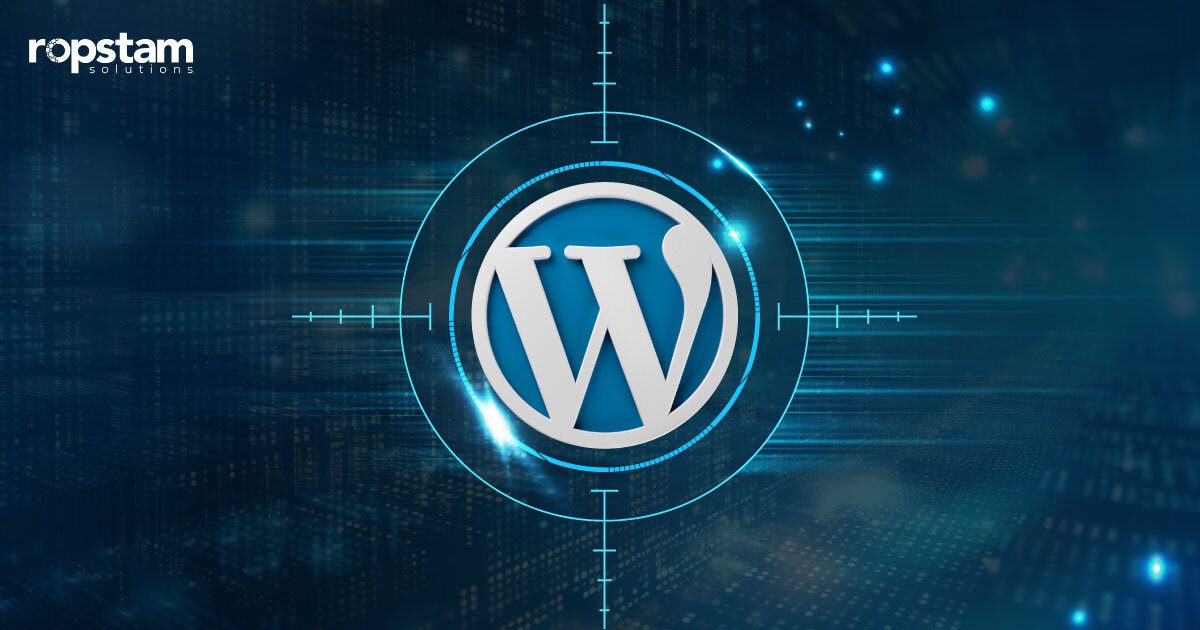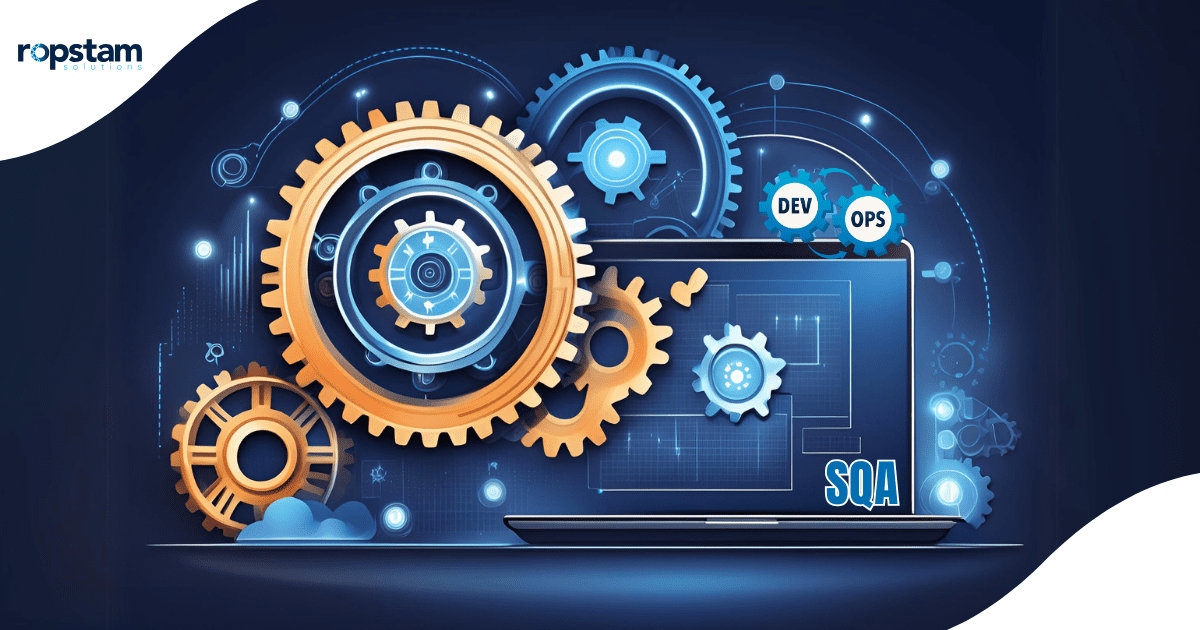WordPress maintenance refers to the ongoing process of keeping your WordPress website up-to-date, secure, and performing optimally. It includes a range of tasks, including regular updates to the core WordPress software, security checks and enhancements, performance optimization, and content management.
Maintaining WordPress is a crucial aspect of website ownership, akin to updating essential technologies in our daily lives. Just as modern appliances receive periodic updates, websites require regular attention to ensure optimal performance and security. WordPress, powering over 40% of all websites, demands consistent care to safeguard against potential threats and maintain peak functionality.
By following a comprehensive WordPress maintenance checklist, site owners can address vulnerabilities, enhance user experience, and prevent costly downtime. This diligent approach not only protects your digital investment but also ensures your website remains an efficient and secure platform for engaging with your audience.
Now that you are familiar with the concept and pertinence of WordPress maintenance, here is the checklist or to-do tasks to maintain your website make your life easier as a WordPress site owner:
- Regularly backup your data
- Use the latest version of WordPress
- Sitemap Creation
- Run Security Scans at Regular Intervals
- Verify Browser Compatibility
- Use Updated Themes and Plugins
- Detect 404 Errors
- Fix PHP-related Errors
- Remove Inactive WordPress Users
- Optimize Your Database
- Keep the Cache Empty
- Keep Track of Uptime
- Review Website Performance with Google Analytics
- Clean Unused Files
- Include Optimized Images Only
- Check For Mobile Compatibility
- Remove any Broken Link
- Check The Health of Your Website
- Avoid Using Repeatable Passwords
- Delete Any Spam Comments
1. Regularly backup your data
WordPress data backups are security copies of your website. If anything goes wrong, you can quickly restore the site with just a few clicks and get back to business.
Imagine losing years of hard work in an instant. That’s the nightmare scenario without regular backups. By implementing a robust backup strategy, you’re not just saving data—you’re preserving your digital legacy.
From thwarting hackers to recovering from accidental deletions, backups are your ultimate insurance policy. Don’t let a single mishap erase your online presence. Make backups your top priority and sleep soundly, knowing your site is always retrievable.
2. Use the latest version of WordPress
Outdated software is a hacker’s playground. By keeping WordPress current, you’re not just updating—you’re fortifying your digital fortress. Each new version is a shield against lurking threats and a key to unlocking enhanced performance. Ignoring updates is like leaving your front door wide open in a bad neighborhood. Stay ahead of the curve and give your site the cutting-edge protection and functionality it deserves.
3. Sitemap creation
A sitemap is a file that contains details about the pages, videos, and other files on your site, as well as how they are interconnected. Think of a sitemap as your website’s GPS for search engines.
Without a sitemap, you’re essentially hiding in plain sight. A well-crafted sitemap doesn’t just list pages—it amplifies your online visibility and guides users effortlessly through your content landscape. Don’t let your best pages remain undiscovered. Harness the power of sitemaps and watch your site climb the ranks of search results.
4. Run security scans at regular intervals
In the digital world, what you can’t see can hurt you. Regular security scans are your site’s health check-ups, detecting hidden threats before they become full-blown crises. It’s not just about finding vulnerabilities—it’s about staying one step ahead of cybercriminals. Don’t wait for a breach to sound the alarm. Arm yourself with proactive scanning and turn your site into an impenetrable fortress.
5. Verify browser compatibility
Browser compatibility is the ability of the WordPress website to function correctly across various browsers available in the market.
Browser incompatibility is the silent killer of user experience. What looks perfect in Chrome might be a mess in Safari. Regular compatibility checks aren’t just tests—they’re your guarantee of a smooth and user-friendly experience for every visitor. Don’t let browser quirks drive away potential customers. Ensure your site shines across all platforms, and watch your engagement soar.
6. Use updated themes and plugins
Outdated themes and plugins are ticking time bombs in your WordPress setup. Keeping them current isn’t just maintenance—it’s a critical defense against vulnerabilities and performance issues. Each update brings new features and patches that can supercharge your site. Don’t let old code hold you back. Embrace the latest versions and unlock your website’s full potential.
7. Detect 404 errors
WordPress shows a 404 error to users if the visitor is looking for a webpage that doesn’t exist on your website. Every 404 error is a dead end for your users and a red flag for search engines. Detecting these isn’t just housekeeping—it’s about preserving your site’s integrity and user trust.
Each fixed error is a step towards a smooth path of navigation and improved SEO. Don’t let broken links tarnish your online reputation. So, stop waiting and hunt down those 404s and turn potential frustrations into positive user experiences.
8. Fix PHP-related errors
PHP errors are undoubtedly considered the gremlins of web development, causing chaos behind the scenes. Addressing these isn’t just troubleshooting—it’s ensuring your site runs like a well-oiled machine. Each resolved error improves stability and user experience. Don’t let hidden PHP issues undermine your site’s performance. Tackle these errors head-on and pave the way for flawless functionality.
9. Remove inactive WordPress users
It is pertinent to state that dormant user accounts are silent security risks lurking in your database. Cleaning them out isn’t just admin work—it’s fortifying your site’s defenses. Each removed inactive user closes a potential entry point for hackers. Don’t let forgotten accounts become your site’s Achilles’ heel. Prune your user list regularly and maintain a lean, secure user base.
10. Optimize your database
A bloated and unorganized database can be the hidden culprit behind your sluggish website. Optimization is like giving your site a turbo boost. In other words, cleaning your database can dramatically improve load times and overall performance. Therefore, try to embrace regular optimization and watch your site speed into the fast lane of the internet.
11. Keep the cache empty
A full cache is like looking at your site through yesterday’s lens. Regular cache clearing isn’t just maintenance—it’s ensuring every visitor sees your site at its freshest. This simple act can prevent confusion and ensure your latest updates shine through immediately. Don’t let cached content mask your hard work. Clear the cache frequently and keep your site’s presentation crisp and current.
12. Keep track of uptime
Uptime monitoring is your website’s vital sign checker. It’s not just about knowing when your site is down—it’s about ensuring maximum availability and reliability. Each moment of downtime is a missed opportunity. Don’t let undetected outages silently erode your online presence. Stay vigilant with uptime tracking and keep your digital doors open 24/7.
13. Review website performance with Google Analytics
Google Analytics isn’t just a tool—it’s your website’s crystal ball. Regular performance reviews provide invaluable insights into user behavior and content effectiveness. Each data point is a clue to enhancing your site’s impact. Don’t navigate your online strategy blindfolded, and get on the path of digital excellence with the help of useful analytics.
14. Clean unused files
Unused files are the digital equivalent of clutter in your closet. Removing them is pertinent in order to optimize your site’s efficiency and security. Each deleted unnecessary file reduces your vulnerability and improves performance. In short, file cleanups keep your site lean, mean, and secure and help you reach your target audience.
15. Include optimized images only
Unoptimized images are silent speed killers. Using optimized images isn’t just about faster loading—it’s about delivering an engaging user experience. Each properly compressed image contributes to quicker page loads and improved SEO. Avoid using bulky images that drag your site’s performance down. Embrace image optimization and watch your site’s speed and search rankings soar.
16. Check for mobile compatibility
In today’s mobile-first world, desktop-only design is equivalent to digital suicide. Ensuring mobile compatibility isn’t just adapting—it’s future-proofing your online presence. Each mobile-friendly tweak expands your reach and improves user satisfaction.
Despite all this knowledge, it would be almost foolish to alienate the majority of internet users. Therefore, as a WordPress site owner, you must prioritize mobile compatibility and capture audiences across all devices.
17. Remove any broken link
Broken links are like potholes on the information superhighway. Fixing them isn’t just maintenance—it’s preserving your site’s credibility and user trust. Each repaired link improves navigation and boosts SEO performance. So, don’t let broken links impede your user’s journey, and stay vigilant in link maintenance to keep your site’s pathways smooth and reliable.
18. Check the health of your website
Website health checks are your site’s regular physicals. They’re comprehensive evaluations ensuring peak performance across all aspects. Each check-up helps prevent issues before they become problems. From time to time, you must conduct thorough health checks and keep your site in prime condition year-round.
19. Avoid using repeatable passwords
With the number of cyberattacks on this rise, repeatable passwords are an open invitation to hackers. Implementing unique, strong passwords is like building an impenetrable wall around your digital assets. Each complex password significantly reduces the risk of unauthorized access. So, it’s time to embrace password diversity and turn your login process into a fortress.
20. Delete any spam comments
Spam comments are not just annoyances but also credibility killers – a fatal consequence in the increasingly competitive digital landscape. Removing them isn’t just about cleanup—it’s preserving the integrity of your content and discussions. Each deleted spam comment maintains the quality of your user engagement.
It’s of utmost importance to be super vigilant when it comes to comment moderation and keep your community spaces genuine, reliable and valuable.
Why is WordPress website maintenance important?
WordPress website maintenance is a critical, ongoing process that safeguards the health and performance of your website. Far from being a one-time task, it’s a cyclical series of checks and updates that WordPress website developers and website owners must diligently perform to ensure optimal functionality and security.
This encompasses a range of essential activities, including updating the WordPress core, plugins, and themes to their latest versions, conducting regular backups to protect against data loss, and implementing robust security measures to fend off potential threats.
The importance of WordPress maintenance cannot be overstated. By staying proactive in your approach, you not only prevent potential issues before they arise but also enhance your site’s overall performance, user experience, and search engine rankings. Therefore, embracing a comprehensive maintenance strategy is not just advisable—it’s a fundamental necessity for the long-term success and sustainability of your WordPress site.
How long does WordPress maintenance take?
The time required for WordPress maintenance can vary significantly, depending on the complexity of your site and the depth of your maintenance routine. For a small to medium-sized website with moderate traffic, basic maintenance tasks might take anywhere from 30 minutes to 2 hours per week. This includes tasks like updating plugins and themes, running backups, and performing quick security scans.
However, more comprehensive maintenance, including thorough security audits, performance optimizations, and content updates, could demand 4 to 8 hours per month.
It’s important to note that maintenance isn’t just about the time spent actively working on your site. It’s also about staying vigilant and responsive. Unexpected issues may arise that require immediate attention, potentially adding several hours to your maintenance schedule. Moreover, as your site grows in complexity and traffic, so too will your maintenance needs.
If you are concerned about the time and resources to be spent on WordPress website maintenance, remember that this pales in comparison to the potential costs of neglecting your site’s health and security.
When should you perform WordPress maintenance tasks?
First and foremost, keep in mind that maintaining your WordPress site like an e-commerce website isn’t a one-size-fits-all endeavor—it’s a tailored approach that adapts to your unique digital ecosystem. While a monthly maintenance rhythm serves as a solid foundation for many, the ideal frequency is as diverse as the websites themselves.
Consider your site’s DNA; its size, traffic volume, plugin complexity, and content update frequency. These factors are the compass guiding your maintenance schedule. A small, static site might thrive with monthly or even quarterly check-ups, whereas a bustling e-commerce platform or high-traffic blog demands weekly attention to stay in peak condition.
The key is to strike a balance between vigilance and efficiency. Distribute your maintenance tasks strategically to minimize disruptions and maximize your site’s performance. Think of it as a tiered approach:
- Weekly Rituals: These are your site’s vital signs check. Perform backups, ensure forms are functioning flawlessly, and keep plugins up-to-date. It’s like giving your site a quick health check every week.
- Monthly Deep Dives: This is where you roll up your sleeves. You’ll dive into performance optimization, conduct thorough security scans, and give your database some TLC. It’s your monthly opportunity to fine-tune your digital engine.
- Annual Overhauls: Once a year, take a step back and look at the bigger picture. Conduct comprehensive content audits, reassess your password strategy, and evaluate if your hosting solution still meets your growing needs. It’s your website’s annual physical, ensuring it’s prepared for the year ahead.
Remember, proactive maintenance isn’t just about preventing issues—it’s about enabling a thriving online presence. By adjusting your maintenance schedule to your site’s unique needs, you will be well on the path to growth, enhanced user experience, and digital success.
For WordPress site owners, maintenance is pivotal as it safeguards against potential security threats, ensures compatibility with the latest web technologies, and maintains a smooth user experience. Needless to say, regular maintenance not only protects your digital investment but also contributes to better search engine rankings and enhanced overall reliability.
Put your trust in Ropstam’s WordPress development services
In the already crowded digital marketplace, simply creating a WordPress site no longer ensures the success of your brand. To embrace the highest quality and stay one step ahead of your competitors, you should follow this checklist intermittently to keep your site up and running.
As a reputable WordPress website development company, Ropstam has an impeccable record in the region. Our WordPress development services are unparalleled, thanks to the expertise of our skilled developers. Hire our WordPress developers today and witness the magic firsthand.















